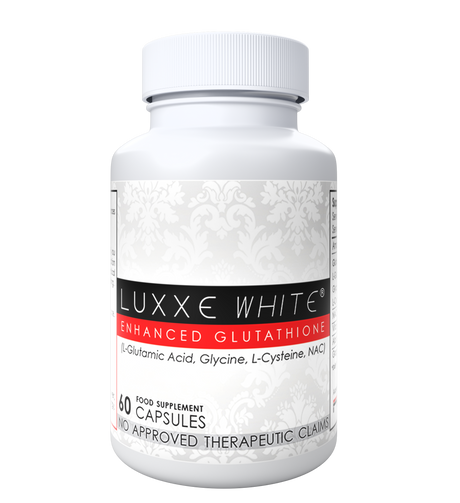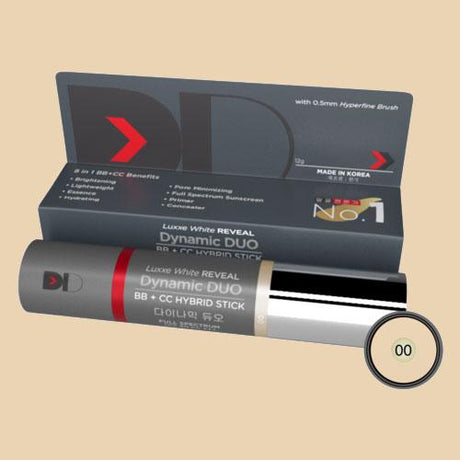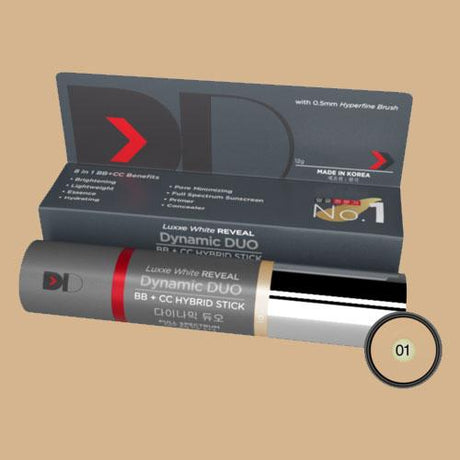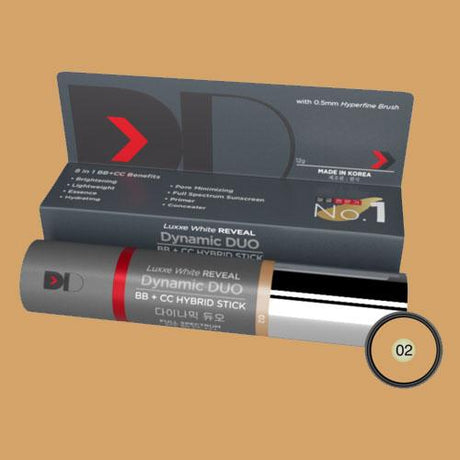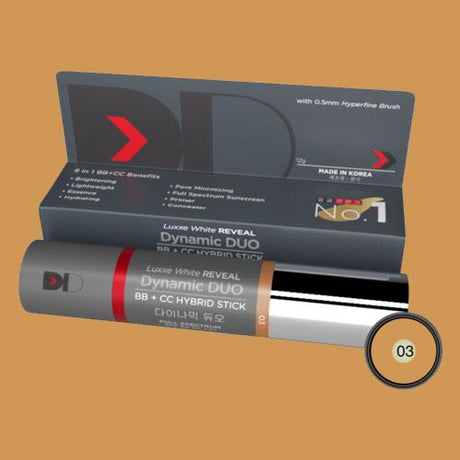Accounts receivable insurance, also known as trade credit insurance, protects businesses from losses due to unpaid invoices. For many companies, extending credit to customers is a vital part of business operations, but it also introduces the risk of non-payment. This insurance can safeguard against such risks, ensuring that your cash flow remains steady even when customers default. In this blog, we'll explore the costs associated with accounts receivable insurance and the factors that influence these costs.
What is Accounts Receivable Insurance?
Accounts receivable insurance is a policy that covers businesses against losses resulting from the inability of customers to pay their debts. It can cover domestic and international transactions and is particularly useful for companies that deal with high volumes of credit sales. This insurance helps businesses manage credit risks, improve cash flow, and protect against significant financial losses.
Factors Influencing Accounts Receivable Insurance Costs
Several factors can affect the cost of accounts receivable insurance. Understanding these factors can help you make an informed decision when purchasing a policy.
-
Industry and Business Type
- The industry in which your business operates can significantly impact insurance costs. Industries with higher default risks, such as construction or retail, may face higher premiums compared to more stable sectors like healthcare or utilities.
-
Annual Revenue and Sales Volume
- The size of your business, measured by annual revenue and sales volume, also affects the cost. Larger businesses with higher sales volumes typically pay higher premiums due to the increased exposure to credit risk.
-
Creditworthiness of Customers
- Insurers assess the creditworthiness of your customer base when determining premiums. If your customers have strong credit ratings, you may benefit from lower premiums. Conversely, a higher risk customer base can result in higher insurance costs.
-
Coverage Limits and Deductibles
- The level of coverage you choose and the deductible amount will directly influence your premium. Higher coverage limits and lower deductibles generally lead to higher premiums. Customizable policies allow you to balance coverage needs with budget constraints.
-
Claims History
- Your business's claims history can impact the cost of accounts receivable insurance. A history of frequent claims may result in higher premiums, while a clean claims record can help reduce costs.
-
Geographic Location
- The geographic location of your business and your customers can also play a role. International coverage, for example, may cost more due to the increased risk of doing business in certain regions.
Average Costs of Accounts Receivable Insurance
While costs can vary widely, businesses can expect to pay between 0.1% and 0.9% of their covered receivables in annual premiums. For example, if your business has $1 million in receivables, the annual premium could range from $1,000 to $9,000. It's essential to get quotes from multiple insurers to find the best coverage at a competitive price.
How to Reduce Accounts Receivable Insurance Costs
Here are some strategies to help reduce the cost of accounts receivable insurance:
-
Improve Customer Credit Screening
- Implement rigorous credit screening processes to ensure you extend credit only to reliable customers. This can lower your risk profile and result in lower premiums.
-
Diversify Your Customer Base
- Avoid over-reliance on a few large customers. A diversified customer base reduces risk and can lead to more favorable insurance rates.
-
Negotiate Policy Terms
- Work with your insurance provider to negotiate terms that suit your business needs. Adjusting coverage limits and deductibles can help manage premium costs.
-
Maintain a Clean Claims Record
- A history of few or no claims can help you secure lower premiums over time. Focus on effective credit management and debt recovery practices.
Conclusion
Accounts receivable insurance is a valuable tool for managing credit risk and ensuring financial stability. Understanding the factors that influence insurance costs can help you make informed decisions and find the best policy for your business. By improving credit screening, diversifying your customer base, and negotiating favorable terms, you can manage your accounts receivable insurance costs effectively.
Final Thoughts
Investing in accounts receivable insurance can provide peace of mind and protect your business from significant financial losses. Evaluate your business's specific needs and work with a trusted insurance provider to secure the best coverage at a competitive price.
